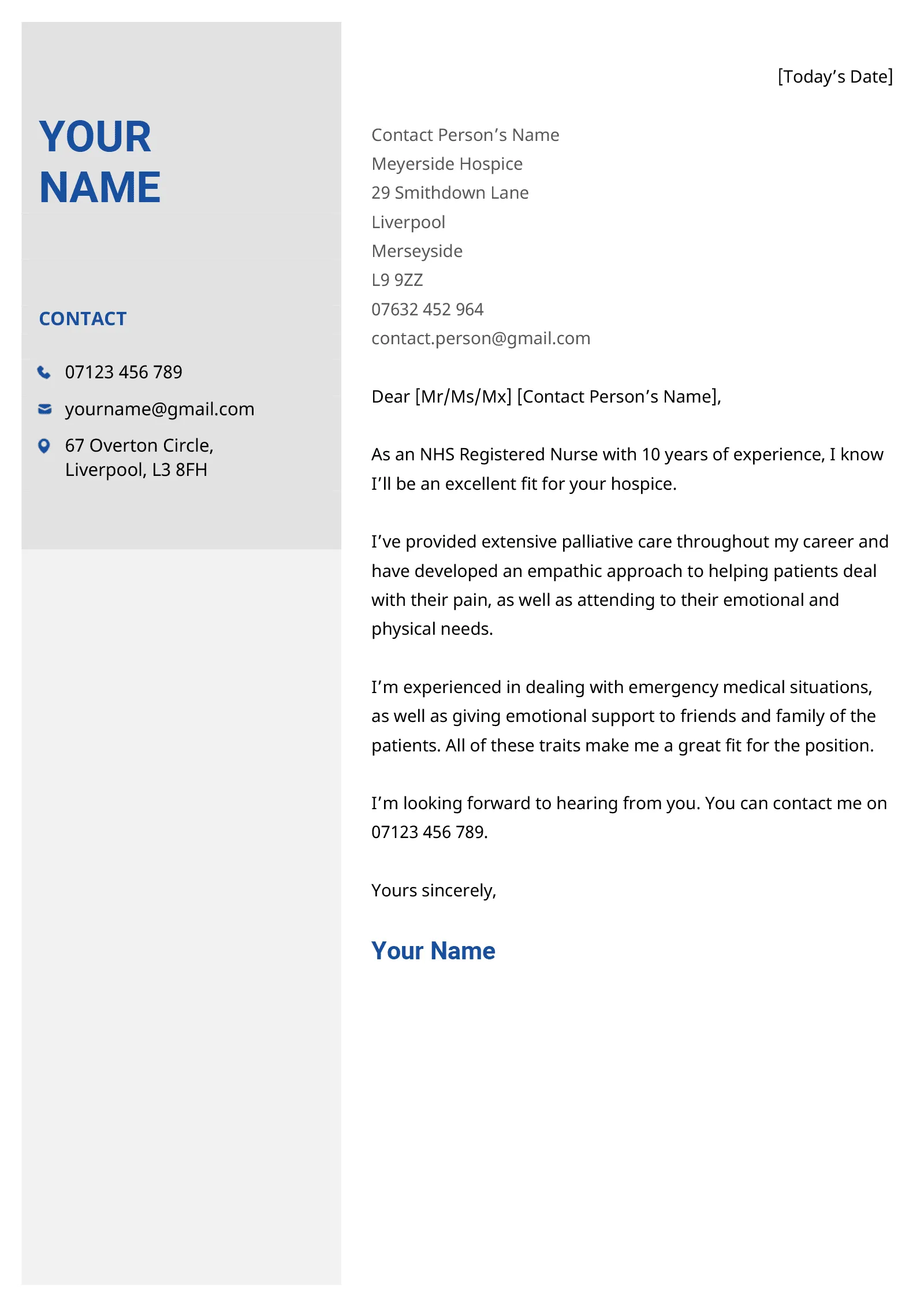Why Cover Letters are Still Important
In a world dominated by online applications and automated resume screenings, you might wonder if a cover letter is still relevant. The answer is a resounding yes! While some may consider them optional, a well-crafted cover letter can significantly boost your chances of landing an interview. It offers a unique opportunity to showcase your personality, explain your career goals, and demonstrate genuine interest in the specific role and company. A cover letter is more than just a formality; it is your chance to make a memorable first impression. It allows you to expand on your resume, providing context and highlighting the skills and experiences that make you the perfect candidate for the job. By using a cover letter, you can set yourself apart from the hundreds of applicants who may have similar qualifications on paper. This is where you can truly shine and explain how your unique combination of skills, experience, and personality aligns with the company’s needs and values. Remember, a cover letter is your personal introduction, and it should be treated as such. It is a powerful tool that can help you secure your dream job, so don’t underestimate the power of a compelling cover letter.
Cover Letter Basics
Before diving into specific examples, let’s cover the fundamentals of a well-structured cover letter. The best cover letters go beyond simply restating your resume. They tell a story, connecting your past experiences to the requirements of the job. This includes detailing your relevant skills, quantifiable achievements, and your enthusiasm for the position and the company. Your cover letter should always be tailored to each specific job application. Generic cover letters rarely impress hiring managers. Research the company and the role thoroughly, and customize your letter to address the specific requirements outlined in the job description. Show them why you are the best fit, not just any fit. Think of your cover letter as a marketing document, selling your abilities and explaining why an employer should hire you. You should aim to keep your letter concise and easy to read. Aim for a length of about one page, with clear formatting and a professional tone. Ensure your cover letter adheres to professional formatting standards. It should have a clear and easy-to-read font like Arial or Times New Roman, single spacing, and standard margins. Use bullet points or numbered lists to highlight key skills or accomplishments, making it easy for the reader to quickly grasp your qualifications.
Formatting Essentials
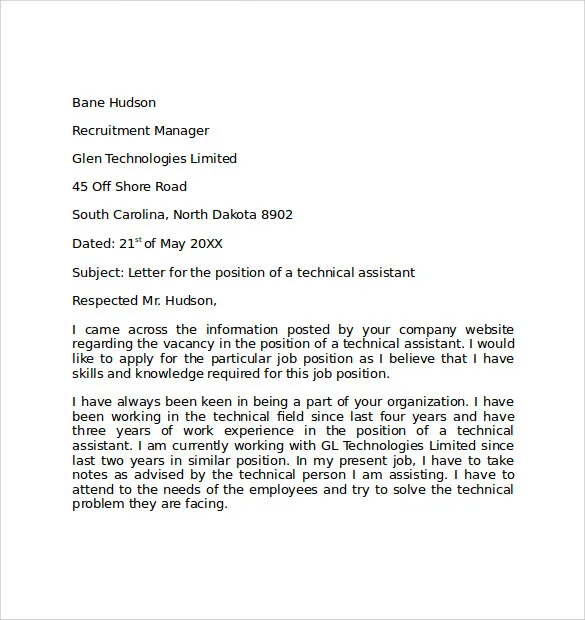
Proper formatting is key to making your cover letter easy to read and visually appealing. A well-formatted cover letter demonstrates professionalism and attention to detail. Start with your contact information at the top: your name, phone number, email address, and optionally, your LinkedIn profile URL. Then, add the date, followed by the hiring manager’s name and the company’s address if you have it. Use a clear, readable font like Arial, Calibri, or Times New Roman in a size between 10 and 12 points. Avoid overly stylized fonts that are difficult to read. Use single-spacing within paragraphs and double-spacing between paragraphs. This provides enough white space to prevent your letter from appearing cluttered. Keep your margins at 1 inch on all sides to ensure a clean and professional look. Also, justify your text to the left. Avoid fully justifying your text, as this can sometimes create awkward spacing. Use bullet points to highlight key skills or accomplishments, making them easy to scan. Be consistent with your formatting throughout the entire document, and make sure there are no typos or grammatical errors. Proofread the document multiple times before sending to avoid small mistakes that might detract from your application.
Tone and Style
The tone and style of your cover letter should align with the company culture and the nature of the role you’re applying for. In general, maintain a professional and enthusiastic tone. Show your interest in the position and the company, but avoid being overly casual or informal. Research the company’s website and social media to understand their brand voice, and adjust your style accordingly. Use active voice and action verbs to make your writing more dynamic and engaging. For example, instead of writing “Responsibilities included…”, write “I managed…” or “I led…”. Be confident but not arrogant. Showcase your accomplishments and skills, but avoid making unrealistic claims or boasting. Highlight your accomplishments with quantifiable results whenever possible. If you increased sales by a certain percentage or saved the company a specific amount of money, include those figures to make your claims more impactful. Tailor the tone and language to the specific job description. Use the keywords and phrases from the job posting to demonstrate that you have carefully read and understood the requirements. Proofread your cover letter carefully for grammar, spelling, and punctuation errors. These errors can undermine your credibility, so always take the time to revise and edit your cover letter before submitting it. A well-written, professional, and engaging cover letter can significantly improve your chances of landing an interview.
Top 5 Simple Cover Letter Tips
Tailor to the Job
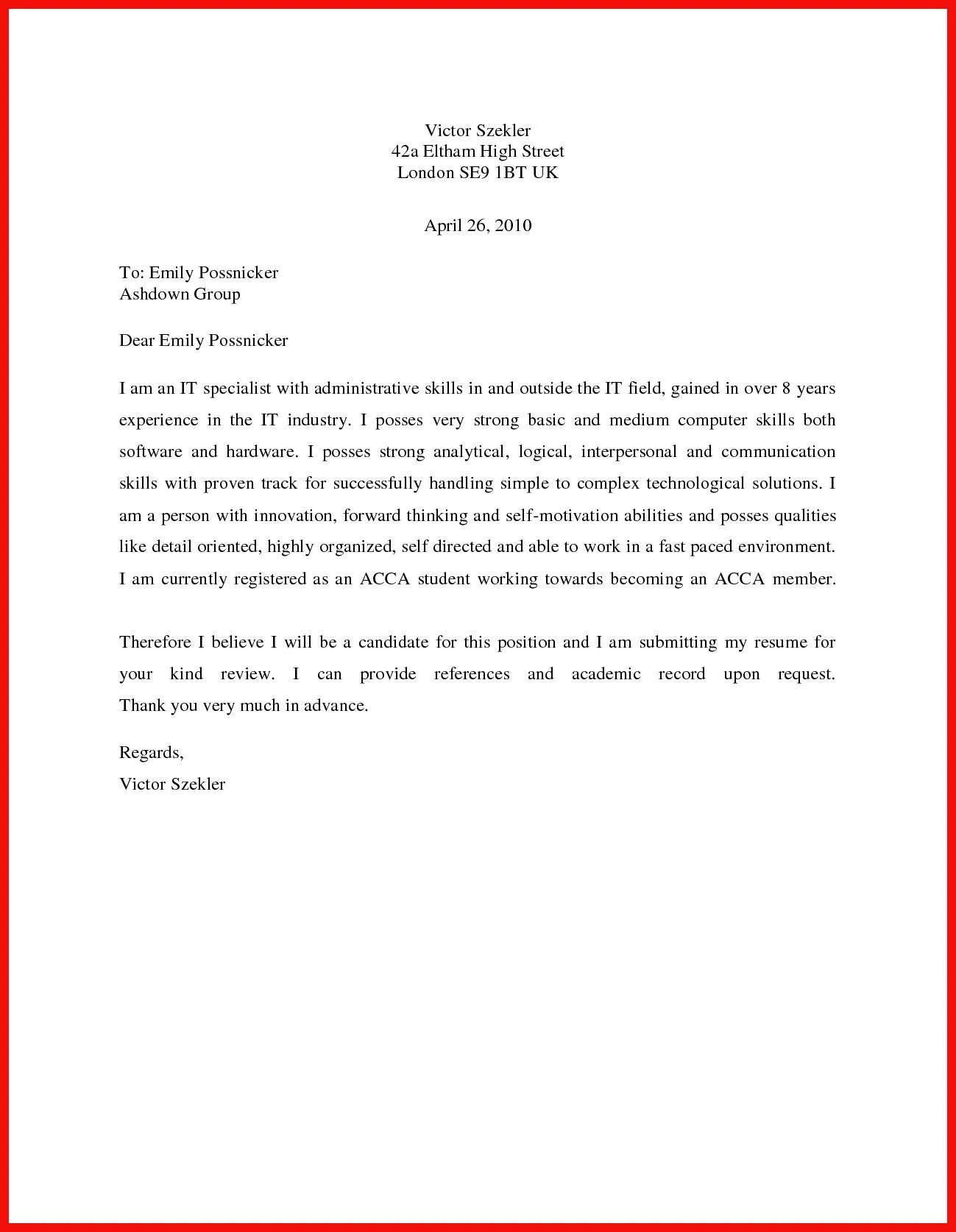
One of the most critical steps in writing an effective cover letter is tailoring it to the specific job you’re applying for. Avoid using a generic template for every application. Instead, customize your cover letter to address the requirements and expectations outlined in the job description. Carefully read the job posting and identify the key skills, qualifications, and experiences the employer is seeking. Highlight how your skills and experiences align with their needs. Use the language from the job description, and incorporate relevant keywords throughout your cover letter. This will show the hiring manager that you understand the role and are a good fit for the company. Research the company and demonstrate your knowledge of their mission, values, and recent projects. This shows that you are genuinely interested in the company and have taken the time to learn about them. Personalize your cover letter by addressing the hiring manager by name, if possible. This shows that you have put in the extra effort to research the company and personalize your application. You should also focus on the most relevant experiences and accomplishments, emphasizing what you have to offer the company.
Highlight Key Skills
Your cover letter is the perfect space to showcase your key skills and how they relate to the job you want. Focus on the skills and experiences that are most relevant to the position you are applying for. Review the job description and identify the skills that the employer is looking for. These might be technical skills, soft skills, or a combination of both. In your cover letter, provide specific examples of how you have used these skills in the past and the results you achieved. For instance, instead of saying “I have strong communication skills,” you might say, “In my previous role, I successfully presented project updates to a team of 20 stakeholders, resulting in improved project alignment and collaboration.” Quantify your achievements whenever possible. Use numbers and data to demonstrate the impact of your skills. For example, you can write “Increased sales by 15% in one quarter” or “Managed a budget of $50,000.” Highlight transferable skills from previous roles, even if they were not directly related to the job you are applying for. You can show how you have adapted your skills to different situations. Keep your language clear and concise, avoiding jargon or overly technical terms. Make sure the hiring manager can quickly understand your qualifications. By effectively highlighting your key skills, you can show the employer how you can make a significant contribution to their team.
Keep it Concise
In today’s fast-paced environment, hiring managers often have limited time to review applications. It’s essential to keep your cover letter concise and to the point. Aim for a length of one page. This shows respect for the reader’s time and makes it easier for them to quickly grasp your qualifications. Use clear and straightforward language. Avoid overly complicated sentences and jargon that could confuse the reader. Focus on the most relevant information, and don’t repeat what’s already in your resume. Your cover letter should complement your resume, providing context and highlighting your most impressive achievements. Use bullet points or numbered lists to highlight key skills or accomplishments, making it easy for the reader to scan your letter. Keep your paragraphs short and focused, with each one containing a single, clear idea. Start each paragraph with a strong topic sentence that summarizes its main point. Make sure that you cut out any unnecessary words and phrases. Review your cover letter and remove anything that doesn’t directly support your application. Make every word count. A concise, well-written cover letter will make a strong impression on the hiring manager.
Use Action Verbs
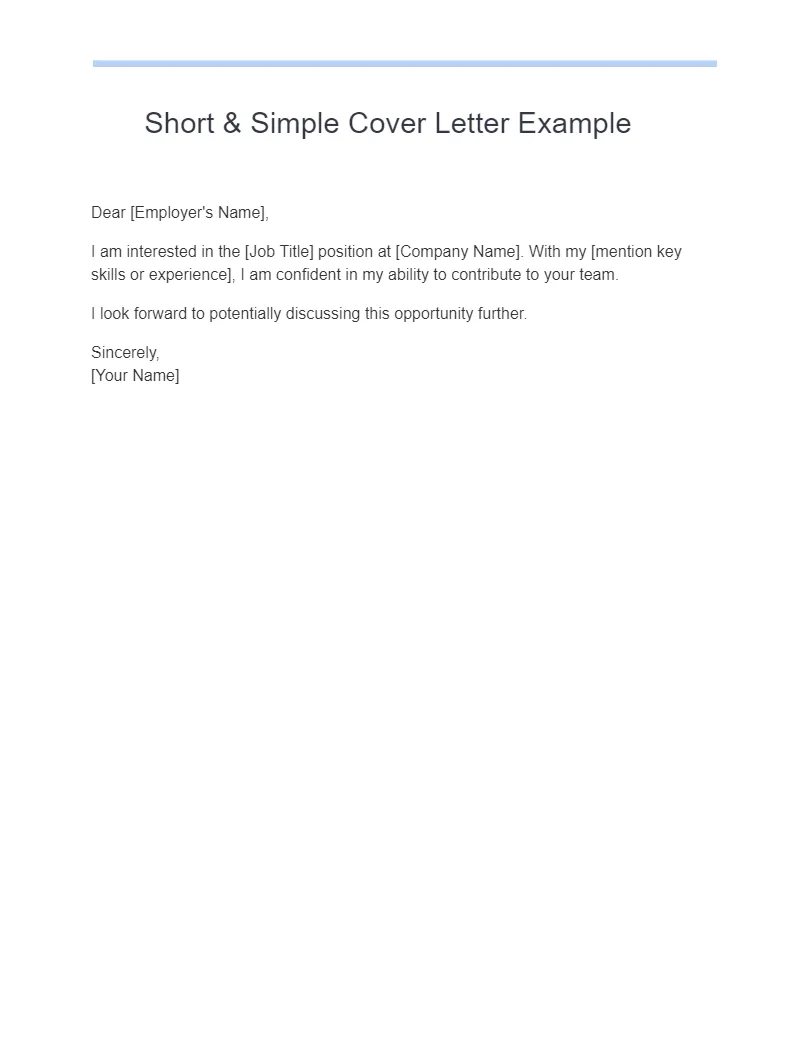
Using strong action verbs is an excellent way to make your cover letter more impactful and engaging. Action verbs help demonstrate what you have accomplished in your previous roles and make your letter more dynamic and interesting to read. Instead of using passive language, opt for active voice. For example, instead of saying “Responsibilities included managing projects”, write “I managed projects.” Use action verbs to describe your achievements and responsibilities. Some examples include: managed, led, developed, implemented, achieved, increased, reduced, created, and improved. Be specific. Use action verbs that are relevant to the job you’re applying for. For example, if you’re applying for a marketing role, use verbs like: marketed, promoted, and strategized. Quantify your achievements whenever possible. For example, you can say “Increased sales by 20%” instead of just “Increased sales.” Vary your word choices. Avoid using the same action verbs repeatedly. Instead, use a thesaurus to find synonyms that are more impactful and demonstrate your writing skills. Using strong action verbs will help your cover letter stand out and make a lasting impression on the hiring manager.
Proofread Carefully
Proofreading your cover letter is a crucial step that can make or break your chances of getting an interview. Even a single typo or grammatical error can create a negative impression and make you appear careless. Always proofread your cover letter multiple times, and read it aloud. This will help you catch errors that you might miss when reading silently. Check for spelling mistakes, grammatical errors, and punctuation mistakes. Pay attention to sentence structure and ensure that your writing is clear and easy to understand. Use a spell checker and grammar checker, but don’t rely on them completely. They can often miss errors, so always review your cover letter carefully. Ask a friend, family member, or career counselor to review your cover letter. A fresh pair of eyes can often catch mistakes that you have missed. Make sure your contact information is accurate. Check that your phone number, email address, and LinkedIn profile (if included) are correct. Consistency is key. Ensure that the formatting of your cover letter is consistent throughout, including fonts, margins, and spacing. By taking the time to proofread your cover letter carefully, you can ensure that it makes a positive impression and increases your chances of landing an interview.
Simple Cover Letter Examples
Example 1 Entry-Level
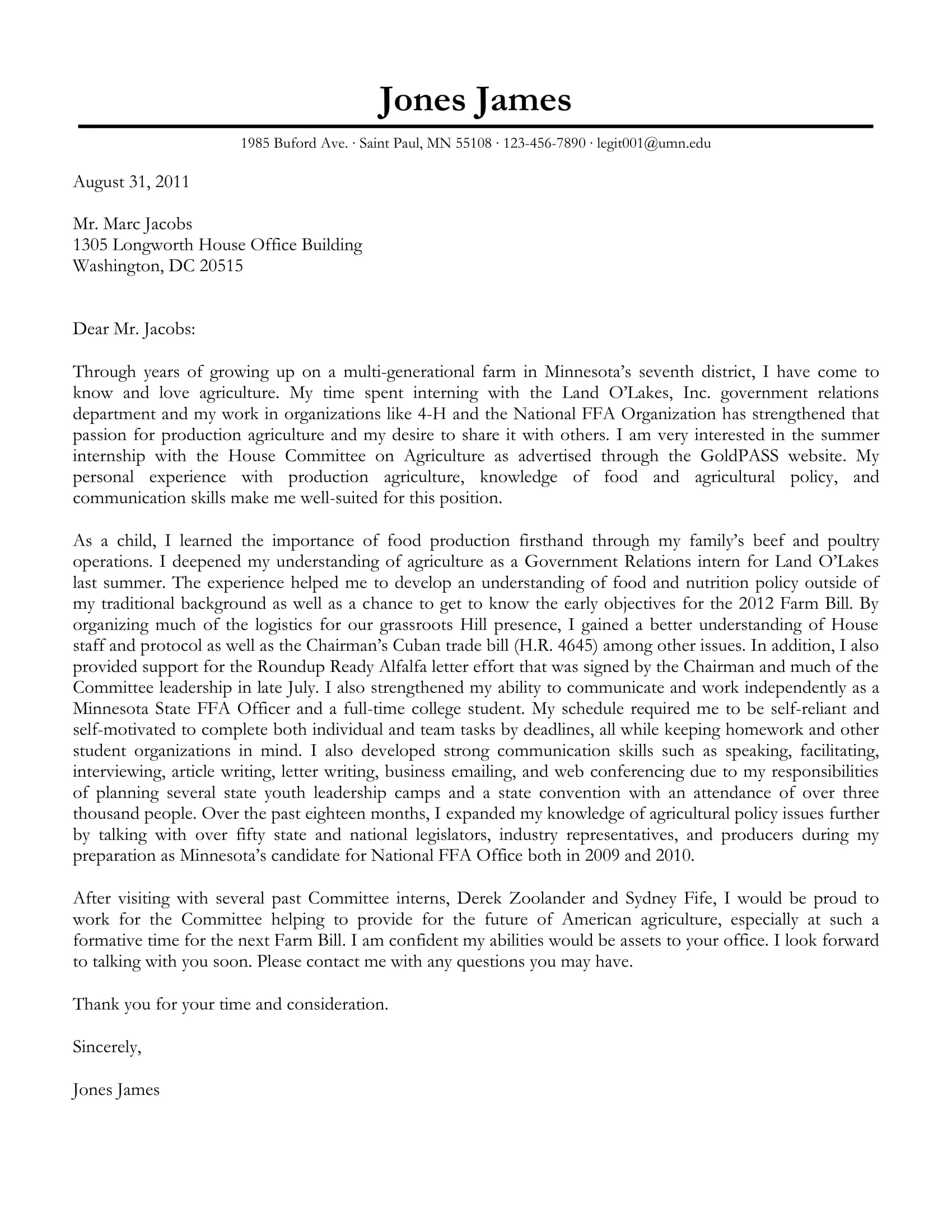
For entry-level positions, your cover letter should focus on your skills, education, and any relevant experiences, even if those experiences are from internships, volunteer work, or academic projects. Address the hiring manager by name, if possible. Introduce yourself and express your interest in the position. Highlight your enthusiasm for the company and the role. Focus on your skills and how they align with the job description. Mention any relevant coursework, projects, or extracurricular activities that demonstrate your capabilities. Include any transferable skills that you have gained through previous experiences. Show your willingness to learn and contribute to the team. Express your eagerness to learn and grow within the company. Close by thanking the hiring manager for their time and consideration and indicate your availability for an interview. Keep the tone positive and enthusiastic. You want to portray yourself as a motivated, eager candidate who is ready to start your career.
Example 2 Skills-Based
A skills-based cover letter emphasizes your key skills and how they align with the job requirements, especially if you have limited experience in a specific field. Start by introducing yourself and highlighting your relevant skills. Identify the key skills required for the role and provide specific examples of how you have used those skills in the past. For each skill, describe a situation where you successfully applied it. Quantify your achievements whenever possible. Use numbers and data to demonstrate the impact of your skills. Show how your skills can benefit the company. Explain how you can contribute to their success. Tailor your skills to match the job description. Use keywords from the job posting to show that you understand the requirements. Mention any relevant certifications or training programs you have completed. Close by expressing your enthusiasm for the role and reiterating your interest in the company. The main objective is to show the hiring manager how your skills and capabilities align with the job requirements and how you can contribute to the company’s success.
Example 3 Direct Application
A direct application cover letter is used when applying for a job at a company that you have researched and identified, even if there isn’t a specific job posting available. Start by addressing the hiring manager by name, if possible. Express your interest in the company and explain why you are interested in working there. Mention something specific that attracted you to the company, such as their mission, values, or recent projects. Showcase your key skills and experiences. Highlight the skills and experiences that are relevant to the company’s industry or field. Explain how your skills can benefit the company and contribute to their success. Clearly state the position you are seeking or the type of role you are interested in. Research the company thoroughly, and tailor your letter to their specific needs. This might involve detailing your accomplishments and quantify your achievements. Close by expressing your enthusiasm and thanking the hiring manager for their time and consideration. Indicate your availability for an interview. This approach allows you to make a direct connection with a company, even if a job isn’t formally advertised. It’s a proactive way to show your interest and initiative.
Common Mistakes to Avoid
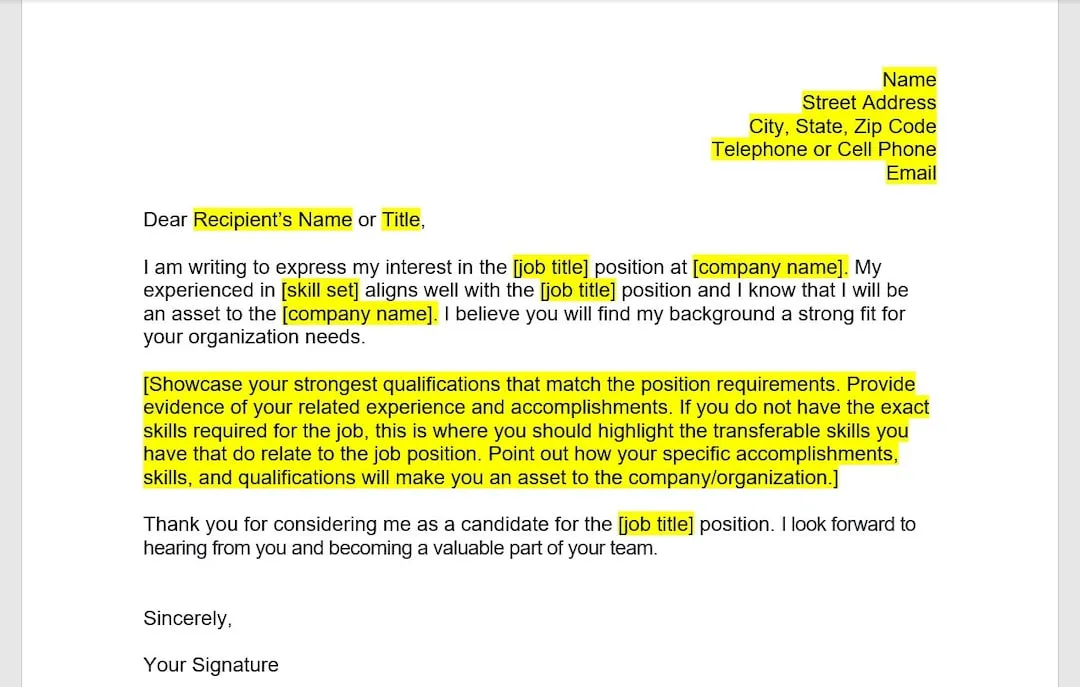
Generic Content
One of the most common mistakes in cover letter writing is using generic content that could apply to any job or company. Such cover letters lack personalization and fail to capture the attention of the hiring manager. Avoid using generic opening statements that don’t demonstrate genuine interest in the specific role or company. Do not simply restate your resume. The cover letter should expand on your accomplishments, providing context and showcasing your skills. Use specific examples to illustrate your skills and experiences. Show, don’t just tell, the hiring manager why you’re a good fit for the role. Tailor your cover letter to each job application, highlighting the key skills and experiences that align with the job description. Generic content is easily detectable and conveys a lack of effort. A well-crafted cover letter will always be tailored, showing that you have taken the time to research the company and understand the role. Demonstrate your enthusiasm for the specific role and the company, and show them why you’re the right person for the job.
Typos and Errors
Typos and grammatical errors can immediately undermine your credibility and make you look unprofessional. Always proofread your cover letter carefully before submitting it. These errors can signal a lack of attention to detail, which is a critical quality in many roles. Check for spelling mistakes, grammatical errors, and punctuation mistakes. Use a spell checker and grammar checker, but don’t rely on them completely. Errors can slip through, so proofread multiple times. Read your cover letter aloud. This will help you catch errors that you might miss when reading silently. Ask a friend, family member, or career counselor to review your cover letter. A fresh pair of eyes can often catch mistakes you have missed. Pay attention to your formatting. Ensure that your cover letter is well-formatted and easy to read. Ensure consistency with your font, margins, and spacing. Avoid using overly complex language or jargon. Keep your writing clear and concise. Proofreading is a non-negotiable step in the job application process, so take the time to do it correctly.
Ignoring Instructions
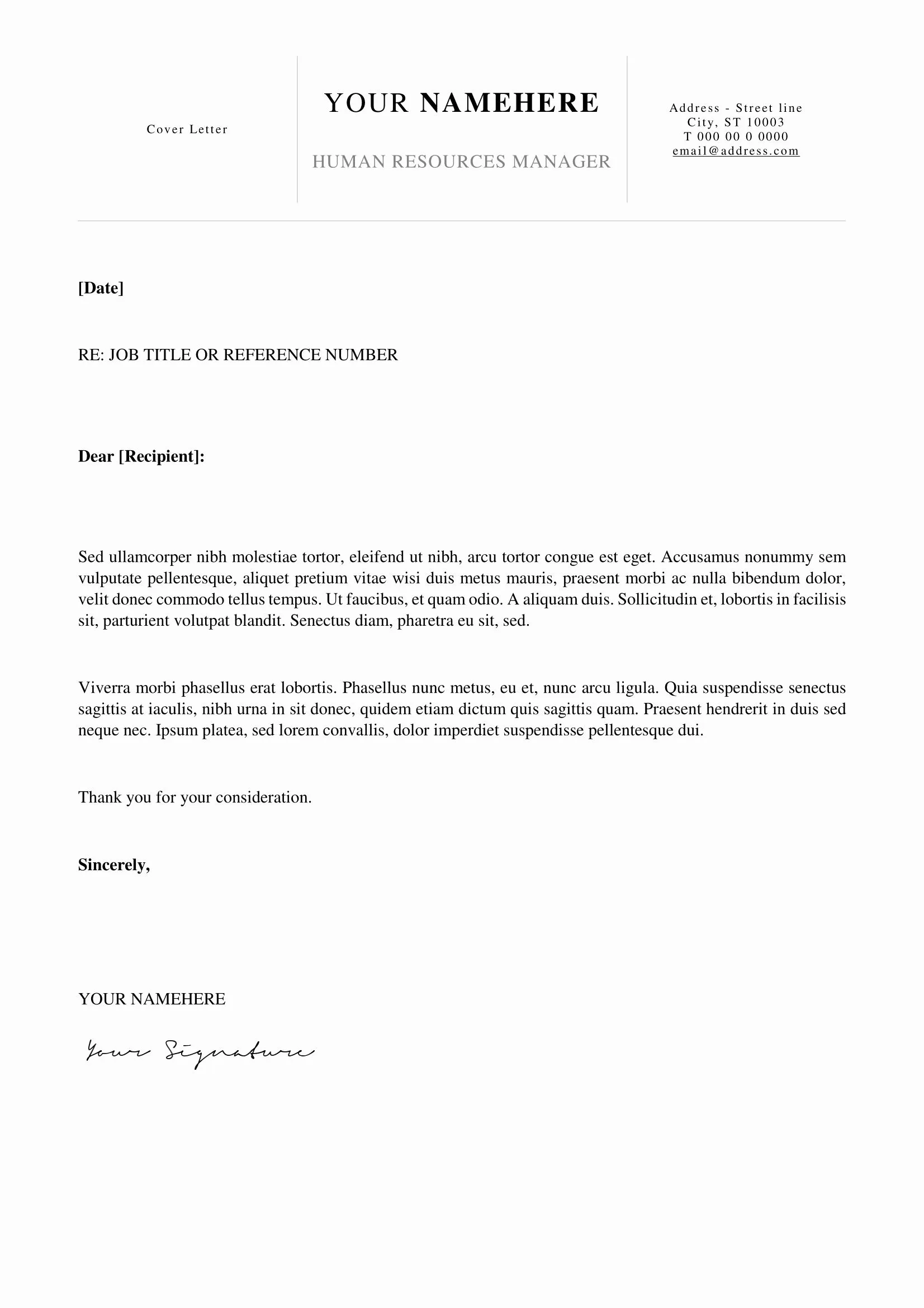
Failing to follow the application instructions is a significant mistake that can quickly lead to rejection. Always carefully read and follow all instructions provided in the job posting. If the job posting specifies a certain format or file type for your cover letter, make sure you comply. If the job posting asks for specific information or requires you to answer certain questions in your cover letter, provide the information they need. Do not exceed the specified length for your cover letter, or you may be immediately disregarded. Ensure that you submit your application by the deadline. Missing deadlines often leads to automatic rejection. Make sure you follow the instructions for submitting your cover letter. Be careful, and double-check your work before submitting. Pay close attention to all the details in the job posting. Following instructions demonstrates your attention to detail and your ability to follow directions, which are valuable qualities in any role.
Tips for Success
Writing a successful cover letter requires careful planning, thorough research, and attention to detail. Start by researching the company and the specific role. Show that you understand their mission, values, and recent projects. Address the hiring manager by name, if possible. Personalize your letter to demonstrate that you have put in the extra effort. Tailor your cover letter to the job description. Emphasize your most relevant skills and experiences. Use action verbs and quantify your achievements whenever possible. Keep your cover letter concise and easy to read. Stick to a one-page limit. Proofread your cover letter carefully for any errors. Use spell-checkers, grammar checkers, and get a second opinion. End your cover letter with a strong call to action. Express your enthusiasm for the role and your availability for an interview. A well-crafted cover letter is your first opportunity to impress a potential employer. By following these tips, you can increase your chances of landing an interview and securing your dream job. Good luck with your job search!
